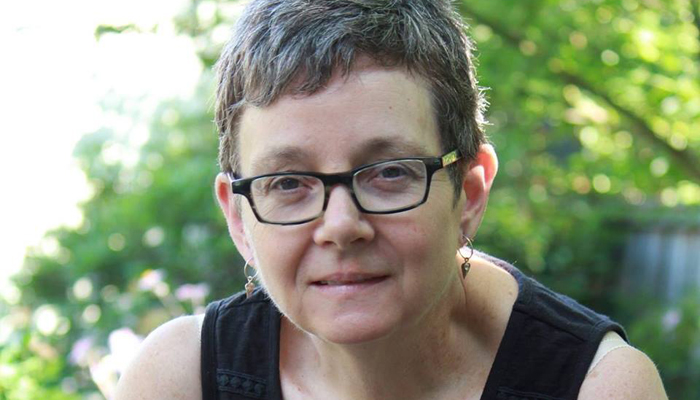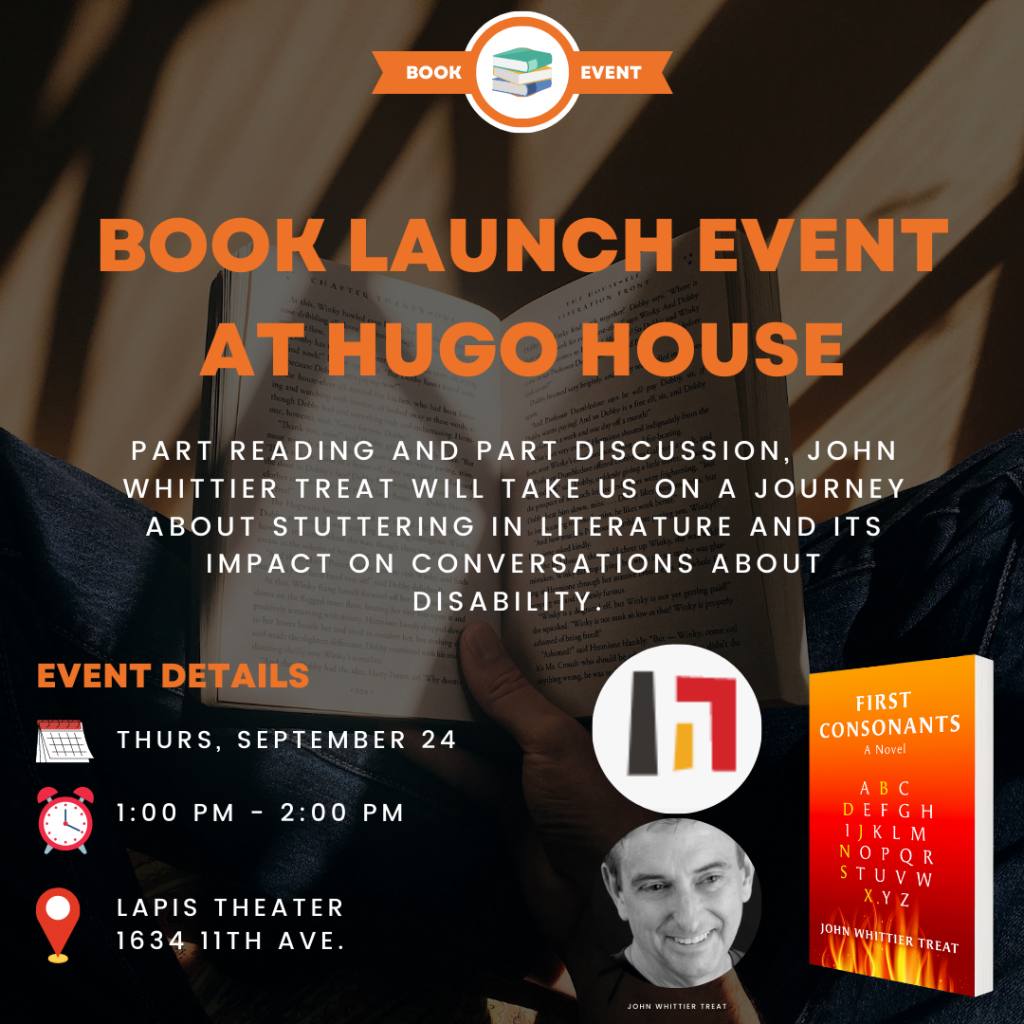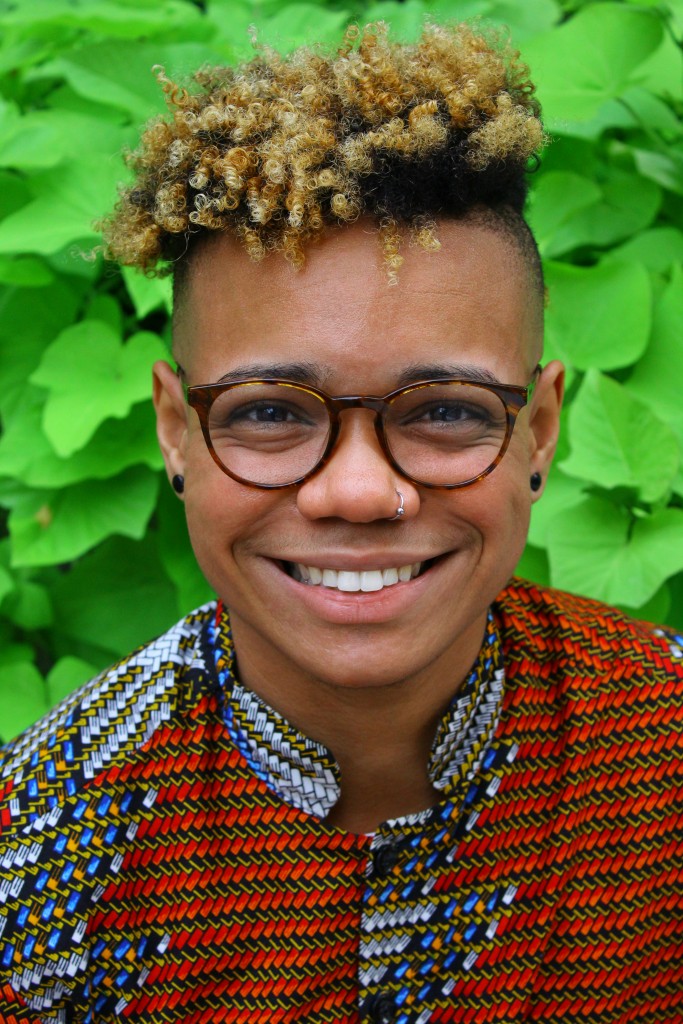Can books tell you about the people who read them? Several years ago I decided to write a book about my mother. The book would be a book about the books she read, or the books I imagined her to have read, because I didn’t actually know or remember what she’d read. I knew the kind of books she’d read, popular fiction, drug-store novels — Herman Wouk, Grace Metalious, James Michener, Jacqueline Susann. I would start in the forties, before I was born, and continue through the early eighties, when she died. These books would reveal my mother to me, she would emerge from between their pages, like Laura Brown in Michael Cunningham’s The Hours emerges from the pages of Mrs. Dalloway, only Brown, it turned out, transformed and became someone else. My mother was a mystery to me, and although I could supply certain trappings — smart clothes, Marlboros, platinum nail polish, fix-it person, insecure cook — she’d always eluded me. We’d eluded each other. Perhaps, if I read enough of these books, excavated a critical mass and applied the eye of a forensic scientist-cum-poet — physician-writer F. Gonzalez-Crussi comes to mind in this regard — the evidence would accumulate and I would find her, or a version of her, and shape an ersatz portrait. The book would be a hybrid, neither fiction nor non, an act of rigorous imagination.
I’d glimpsed my mother in this way before — through the lens of popular culture — albeit the sightings were often fuzzy. When I was a kid she took me to see a double feature of Gigi and Lolita. Although the one came out in 1958 and the other four years later, my memory is resistant to that timeline and firmly places them together. There was the debonair Maurice Chevalier in his top hat and frock coat roaming one of Paris’ well-groomed parks, singing “Thank Heaven for Little Girls. “ What American girl would not be charmed? Little did I know of Chevalier’s collaborationist behavior during the war — in a visit arranged by occupation authorities, he sang to French prisoners of war in Germany — but what about my mother? The daughter of a Russian sign-painter who’d escaped the pogroms, perhaps she was not nearly so charmed as I was.
And when Gigi’s great aunt Alicia, a former courtesan, tells her reluctant protégé, “You have an impossible nose, a nondescript mouth, your cheekbones are too high, but we can do something with the rest of you,” suggesting a full-scale reclamation project, did this catalogue of insufficiencies resonate with my mother, who thought of her own body in this diminishing way as well? I can remember her slashing self-assessments as she stood in front of the mirror, egged on by no one more damning than herself. For many years, in slacks, she wore a girdle well past her knees.
Maybe at this point you’re asking what mother takes her daughter to see Lolita? I’m sure she never read the book, I don’t think I can find her between those pages, but I catch a peek of her as we take the #82 Kimball bus to the Terminal Theater, mother and daughter on a Sunday afternoon excursion, and the picture is more real than any frame from the movie. In fact, I don’t remember the movie at all: I don’t remember James Mason as Humbert Humbert, who has none of Humbert’s linguistic shine and only some of his obsessive seductive creepiness; nor do I remember Sue Lyon as Lolita, who was fourteen years old herself when she made the film, only a few years older than I was when I saw it. I watched the film again this Christmas morning, and read the book in Provincetown almost twenty years ago, simultaneously dazzled by Nabokov’s virtuosity and discomfited by my own complicity, and what they offer up to me is a winter outing with my beleaguered mother, who had a certain fragile beauty; a bus ride from our buttoned up neighborhood to a brightly lit marquee on Lawrence Avenue; and the thrill of two movies on a dreamy postcard Sunday. Wish you were here, I could have written to my future self.
But, of course, the picture is more complicated than that. I was a little Lolita myself, not sexy but wanting to be and not totally understanding what the whole charade meant; telling one of our neighbors I had a good figure while spinning a hula hoop around my waist, like Lolita in the movie; studying my mother as she applied her make-up in the mirror so I could one day do the same; wearing false eyelashes at thirteen, even if it was only a Halloween-like performance, out to dinner with my parents. My version of Lolita was a starkly virginal one, and wholly solipsistic. I preened for myself. Was my mother a party to this? Did she want me to be attractive and alluring, even as she wanted me to be chaste and wholesome? Indeed, she was the one who laid the groundwork, who by example and encouragement oversaw my pubescent woman-in-training, and so you could say the pages of the book fell open to yield this view of her as well.
I was also thirteen when my mother, after reading William Goldman’s novel Boys and Girls Together, passed it on to me. What remains of its seven hundred plus pages — and I don’t know if I plowed through the whole thing — are the shrouded-in-darkness scenes of male homo-erotic groping. A couch, cigarette smoke, shadow, desire, revile. On the one hand, I felt a certain childish pride that she thought me adult enough to read it. On the other, I couldn’t understand what possessed her to give me this book, and I couldn’t countenance what these men were doing or wanted to do. Did she see something in me, at thirteen, I couldn’t possibly see in myself, although this is certainly not a question I asked myself then? Did she already have a simmering sense of the eventually solidly entrenched disposition of her daughter? Was this book a warning of sorts or a premonition? I only know that at the time I was unsettled.
Last winter I finally read the first book for my book of books: Peyton Place, by Grace Metalious, on the New York Times best seller list for over sixty weeks in 1956-57. I felt sure my mother would have read it. I can picture her curled in the corner of the living room couch, legs tucked under her, or in the brown nubby chair by the window, with the bobbed canopy of the catalpa tree outside, or at the kitchen table, nursing a Marlboro. The book is open in her hands. An “explosive” novel that “lifts the lid off a respectable New England town,” according to the cover. I was five years old, in kindergarten. She made me grilled cheese sandwiches with pickles on the side for lunch. Was she unhappy then, or did that only come later? Over fifty years later I read voraciously, like millions of readers before me. Like, perhaps, my mother had read. Did she pour herself into the book and now would she pour herself out again? Or was she inured to my little project? I gave the book my full attention.





